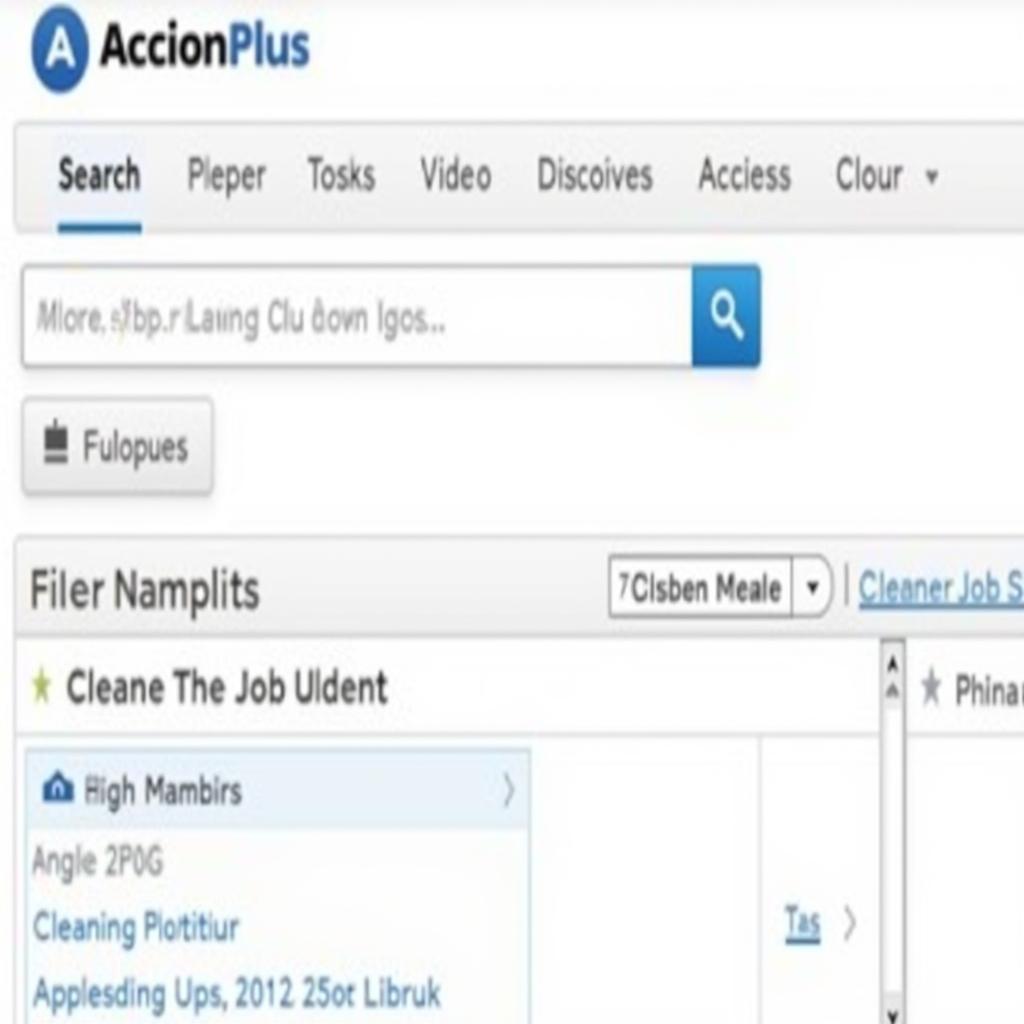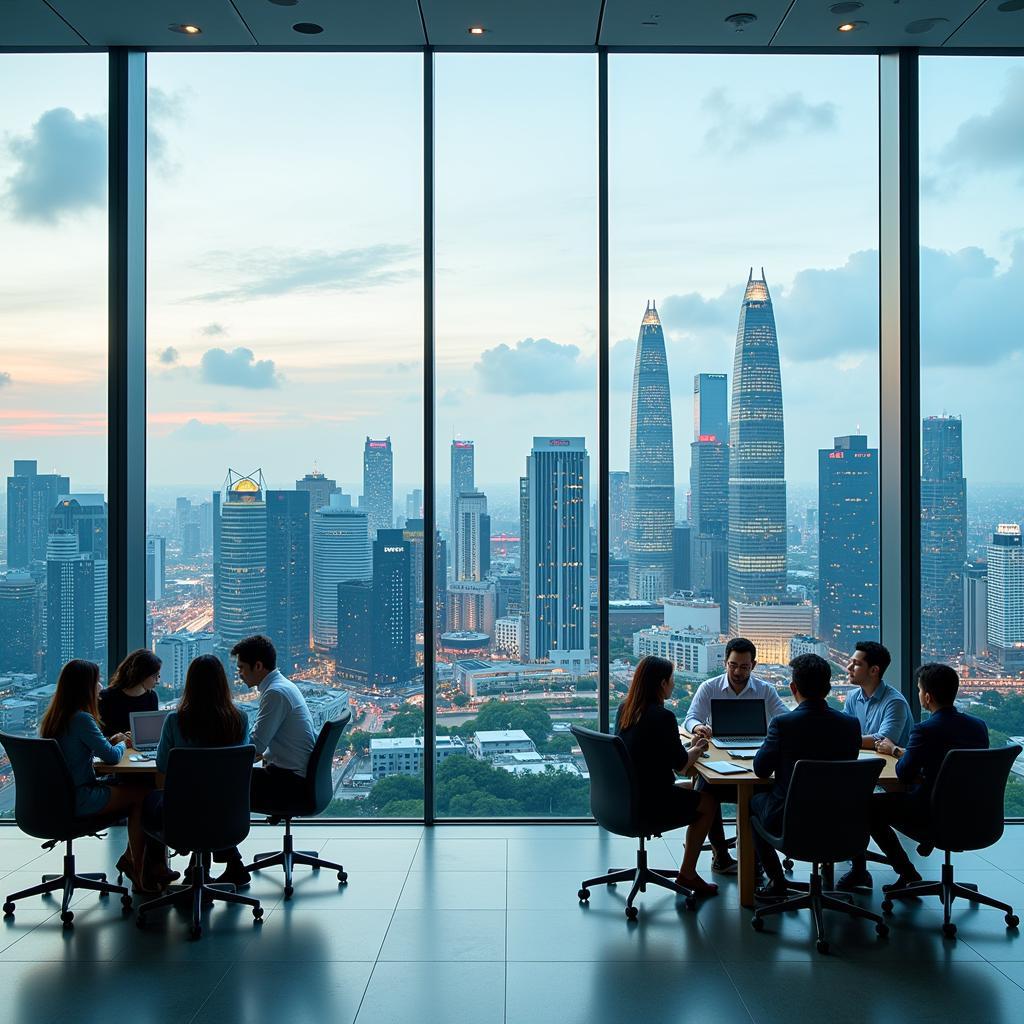ASEAN packaging houses are experiencing a surge in demand. This is fueled by the region’s expanding manufacturing sector and the booming e-commerce industry, which relies heavily on high-quality and efficient packaging solutions. As businesses seek to establish their presence in the dynamic Southeast Asian market, partnering with a reliable ASEAN packaging house is crucial for success.
Understanding the ASEAN Packaging Landscape
The packaging industry in Southeast Asia is characterized by its diversity, encompassing a wide range of materials, designs, and applications. From food and beverage to electronics and pharmaceuticals, packaging plays a vital role in preserving product integrity, enhancing brand appeal, and meeting stringent regulatory requirements.
Benefits of Partnering with an ASEAN Packaging House
Collaborating with a packaging house in ASEAN offers numerous advantages:
- Cost-effectiveness: Lower labor and production costs compared to many Western countries, making ASEAN an attractive sourcing hub for packaging.
- Strategic Location: Situated at the heart of major shipping routes, enabling efficient distribution within the region and beyond.
- Access to Expertise: Many ASEAN packaging houses possess specialized knowledge in various packaging materials and technologies.
- Compliance Support: Familiarity with local regulations and labeling requirements ensures smooth export processes.
Key Considerations When Choosing an ASEAN Packaging House
- Quality Standards: Ensure the packaging house adheres to international quality certifications and industry best practices.
- Production Capacity: Assess their capabilities to handle your current and projected order volumes efficiently.
- Material Sourcing: Inquire about their sourcing practices, particularly regarding sustainability and ethical considerations.
- Technological Capabilities: Determine their adoption of advanced packaging technologies to meet specific product needs.
Navigating the Challenges
While the ASEAN packaging sector presents significant opportunities, businesses should be aware of potential challenges:
- Infrastructure Limitations: Some countries may have underdeveloped infrastructure, impacting logistics and transportation.
- Language Barriers: Communication gaps can arise, necessitating clear communication protocols.
- Lead Times: Longer lead times compared to domestic suppliers might be required, necessitating careful planning.
Future Trends Shaping the Industry
The ASEAN packaging sector is constantly evolving, driven by these trends:
- Sustainable Packaging: Increasing demand for eco-friendly materials and packaging solutions to reduce environmental impact.
- Smart Packaging: Integration of technology into packaging for features like track-and-trace, authentication, and interactive elements.
- E-commerce Packaging: Specialized packaging solutions designed for e-commerce fulfillment, ensuring product protection and brand enhancement.
Conclusion
Partnering with an ASEAN packaging house presents a strategic advantage for businesses looking to expand their reach in the Southeast Asian market. By carefully considering factors such as quality, capacity, and technological capabilities, companies can leverage the region’s competitive advantages and establish a strong foothold in this dynamic and rapidly growing region.
FAQs
1. What types of packaging materials are commonly used in ASEAN?
ASEAN packaging houses utilize a wide range of materials, including paper, cardboard, plastics, metals, glass, and bioplastics, catering to diverse industry needs.
2. Do ASEAN packaging houses offer custom packaging solutions?
Yes, many packaging houses specialize in providing bespoke packaging solutions tailored to specific product requirements, branding guidelines, and marketing objectives.
3. How can I ensure the packaging meets international shipping standards?
Collaborate with a packaging house that holds relevant certifications such as ISO 9001 for quality management and ISTA standards for packaging performance testing.
4. What is the average lead time for packaging orders from ASEAN?
Lead times vary depending on order complexity, material availability, and the specific packaging house. On average, it can range from 4 to 8 weeks.
5. Are there any government incentives for using sustainable packaging in ASEAN?
Several ASEAN countries are implementing policies and incentives to promote sustainable packaging practices, such as tax breaks or subsidies for using eco-friendly materials.
Need more information?
Contact us at Phone Number: 0369020373, Email: [email protected] Or visit our address: Thon Ngoc Lien, Hiep Hoa, Bac Giang, Vietnam. Our customer service team is available 24/7 to assist you.


